One of the things I like to be able to do when I meet people is share with them the remarkable histories and cultures of the many sovereign Tribes I’ve been able to work with throughout my career. Then I had this crazy thought: I’m meeting you too. So I thought perhaps I might share some history, experiences, and some links to further information about Tribes with you. And if you guys like these kinds of posts, I’ll do some more of them later.
I’ve been blessed to work with a lot of Tribes and count each as a wonderful experience. One that is particularly close to my heart (and there are many) is the Comanche Nation. I think for many folks outside the Nation, our perceptions of Comanche people and culture were heavily influenced by the westerns of the 50s and 60s, when they were often depicted as villains who came thundering over the horizon only to be repulsed by the six-shooting cowboys of the big screen. At least, that was my experience.
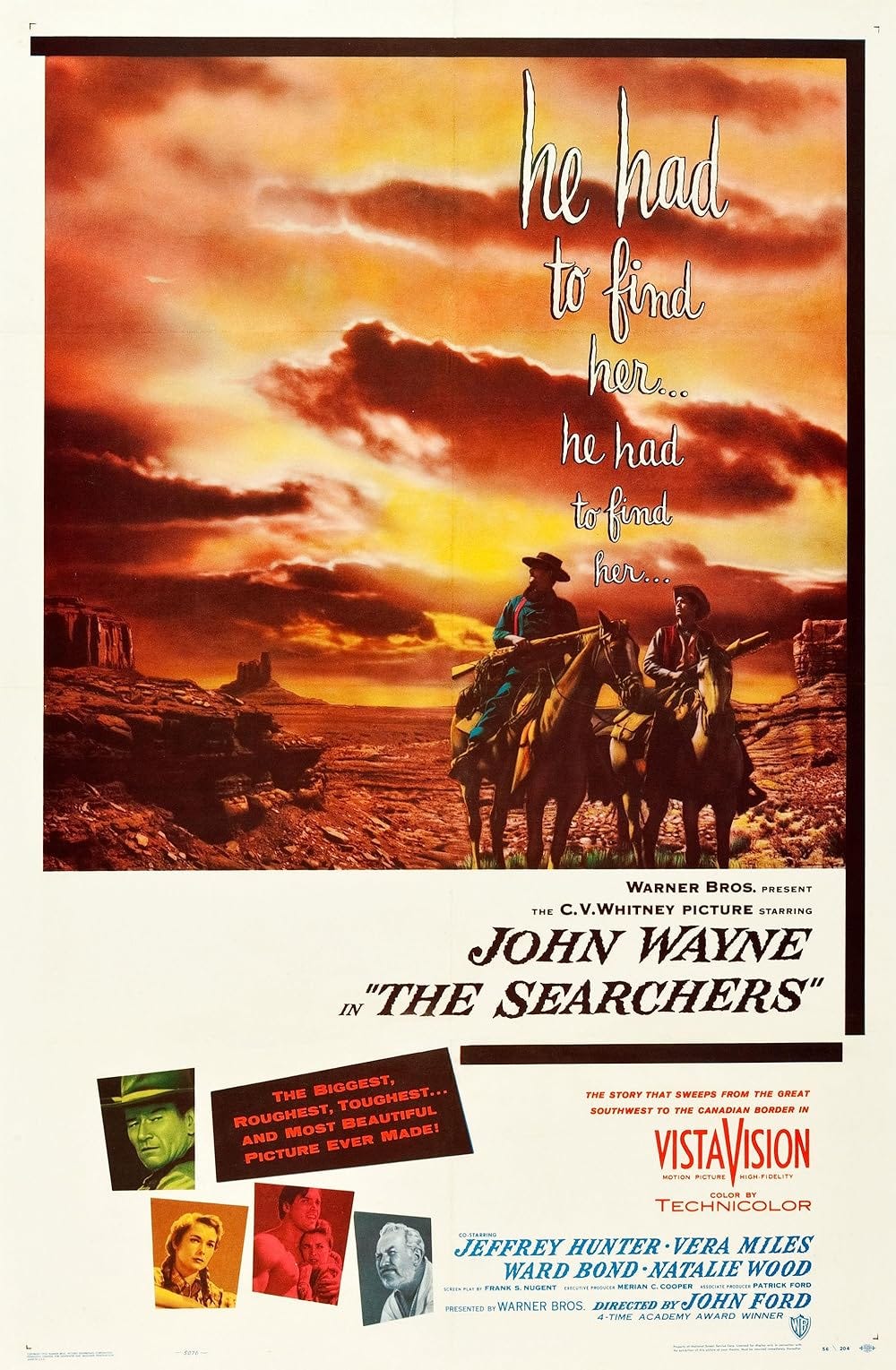
The first thing you should know is that the Comanche people are still here and always will be. The Tribal government of the Comanche Nation is located in Lawton, Oklahoma, but as with many Tribes, their traditional homelands extent far beyond their current reservations or allotments. They exist now as a sovereign nation, meaning the United States deals with the Comanche Nation on a nation-to-nation basis.
Comanche history
Rather than tell you my interpretation of Comanche history, I thought it best that you heard it from the people themselves. So the following is from the Comanche Nation homepage, which has even more information on history, culture, government, and so on. Also, the Comanche Nation has a terrific museum that posts about their history daily, which you can follow on Facebook. Per the Nation’s website:
Considered one of the great tribes of the American Southwest, the Comanche Nation, and in our native language, “Nʉmʉnʉʉ” (NUH-MUH-NUH), which means “The People" are known as “Lords of the Plains” and were once a part of the Shoshone Tribe. In the late 1600s and early 1700s, we moved from our Shoshone kinsmen onto the northern Plains and then southerly in search of a new homeland. We Migrated across the Plains through Wyoming, Nebraska, Colorado, Kansas, New Mexico, Texas, and Oklahoma. We ultimately settled here in Southwest Oklahoma. The horse was a crucial element in Comanche culture. The people mastered their skills on horseback and gained a tremendous advantage in times of war. They fought battles on horseback, a skill unknown among other Indian peoples of that time. They were highly skilled at breeding and trading horses, which became an essential resource for the people that radically changed life on the plains. Comanche horsemen set the pattern of nomadic equestrian life that became characteristic of the Plains tribes in the 18th and 19th centuries. Bands of the Comanche were formed based on kinship and other social relationships. The buffalo was also an essential resource for the people. It provided food, clothing, tepee covering, and other economical goods.
The Constitution of the Comanche Nation governs the Comanche Nation. The Tribal Council comprises all enrolled members over 18 and is the main governing body. Seven elected officials voted into office by the Tribal Council fill the positions of Chairman, Vice-Chairman, Secretary/Treasurer, and the four Committeeman seats, collectively called the Comanche Business Committee (CBC). The Tribal Council also elects the Tribal Administrator, who is responsible for the day-to-day operations of the Tribal Government. The Comanche Business Committees' primary objective is to carry out the mission of the Constitution of the Comanche Nation.
The mission of the Comanche Nation is to define, establish, and safeguard the rights, powers, and privileges of the tribe and its members, to improve the economic, moral, educational, and health status of its members, and to cooperate with and seek the assistance of the United States in carrying out mutual programs to accomplish these purposes by all possible means and to promote in other ways the common well-being of the tribe and its membership and all the while working to improve economic status and protect and manage the Nation's natural resources and cultural heritage. The Comanche Nation’s main headquarters is 9 miles north of Lawton, Oklahoma. The Comanche tribe currently has approximately 17,000 enrolled tribal members, with around 7,000 residing in the tribal jurisdictional area around Lawton, Ft. Sill, and surrounding counties.
My experiences
I currently reside in Pueblo, Colorado, which is situated on the traditional homelands of many tribes, including the Comanche people. And that means when I am hiking, fishing, or just driving around in Colorado and Kansas, I have the unique opportunity to reflect on Comanche history and culture. I like to think of this place as both my new home but also that I am a guest in someone else’s home.
One of my favorite places is called the Spanish Peaks, first suggested to me by my friend Kathleen Belew. They are a twin set of mountains on San Isabel National Forest and are sacred to the tribe. They’re incredibly beautiful and I always stop to see them when I am in the area.
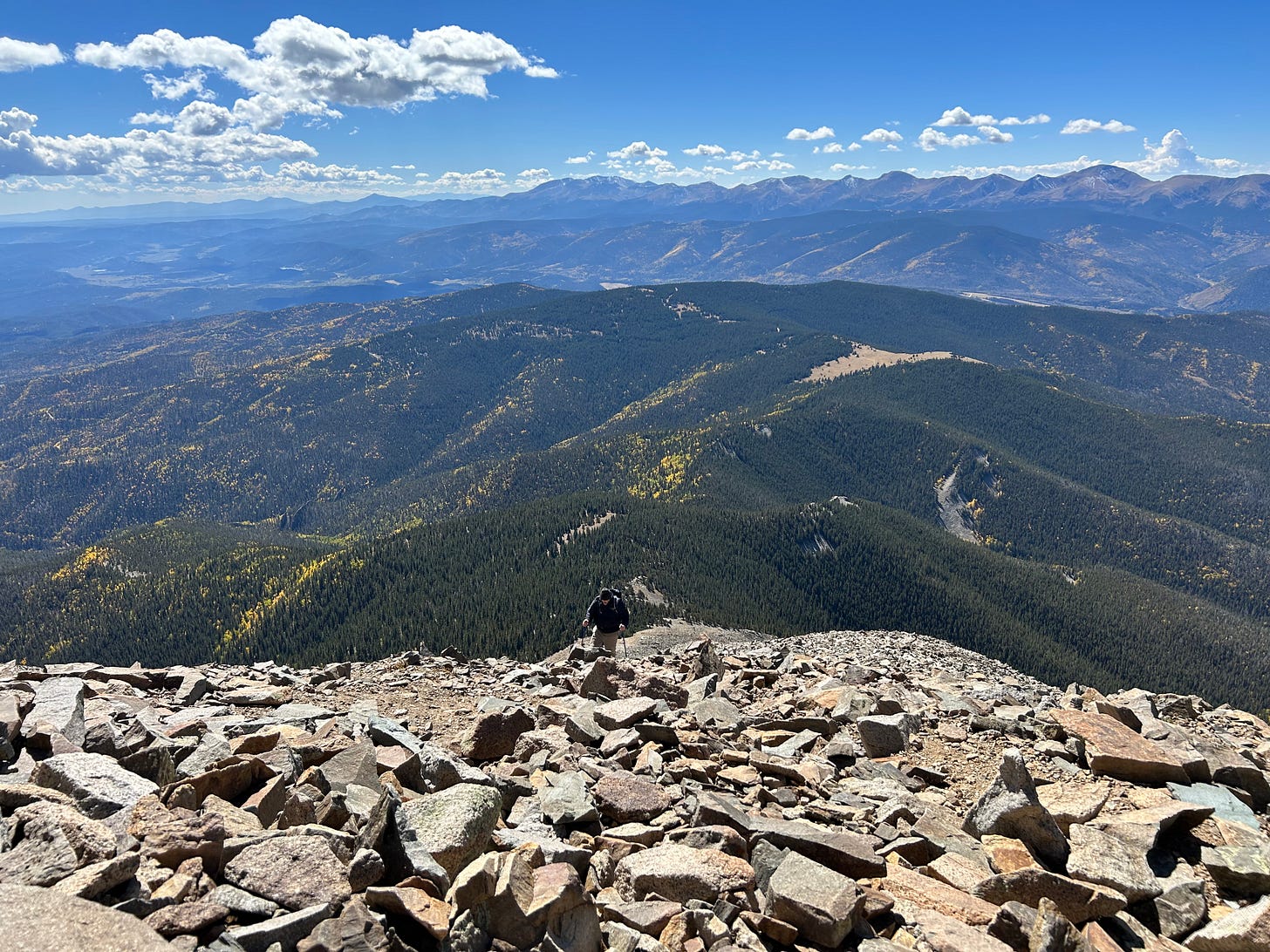
In September, I traveled with Comanche Tribal Members, as well as those representing the Southern Ute Indian Tribe, the Ute Mountain Ute Tribe, the Kiowa Tribe, the Northern Cheyenne Tribe, the Northern Arapaho Tribe, and the Cheyenne and Arapaho Tribes as we paid our respects to Mount Democrat, one of the Colorado 14ers. It was a special day.
But in addition to seeing places in Colorado and Kansas, I had the opportunity to visit with the tribe in December when I traveled to Lawton, Oklahoma. I was able to meet with the Tribal Historic Preservation Office, the Comanche Language Department, and even had the honor of meeting Chairman Forrest Tahdooahnippah and the Business Council.
In addition, I was able to visit the Wichita Mountains just outside of Lawton. No, these are not the fabled 14ers of Colorado, but in my mind were just as impressive. It was cold and windy that day but visiting that space was a real treat. The Wichita Mountains National Wildlife Refuge is home to free roaming bison, cattle, and many other species. If you’re in southern Oklahoma, you MUST visit.
I find myself thinking often of the Nation not only because I work with them, but because the tremendous faith folks there have placed in me out here. It is a heck of thing to have this honor. So when I say I geniunely love the Nation, I’m really not kidding. These folks have my absolute heart.
Further reading:
Ok, so if you’d like to know more about Comanche history, there’s fortunately some good stuff out there. Here’s a few options with Amazon links if you are interested:
David J. Weber, The Spanish Frontier in North America
Brian DeLay, War of a Thousand Deserts: Indian Raids and the U.S.-Mexican War
Pekka Hamalainen, The Comanche Empire
OK, so that’s just a little taste of Comanche history and culture. You’ll find a lot more information about the Nation on its website, or in some of the books I’ve listed above. And if you’re in southern Oklahoma, go see the museum. Or if there is a Pow Wow nearby, go check it out. I can’t tell you how glad you’ll be that you did.
Jason





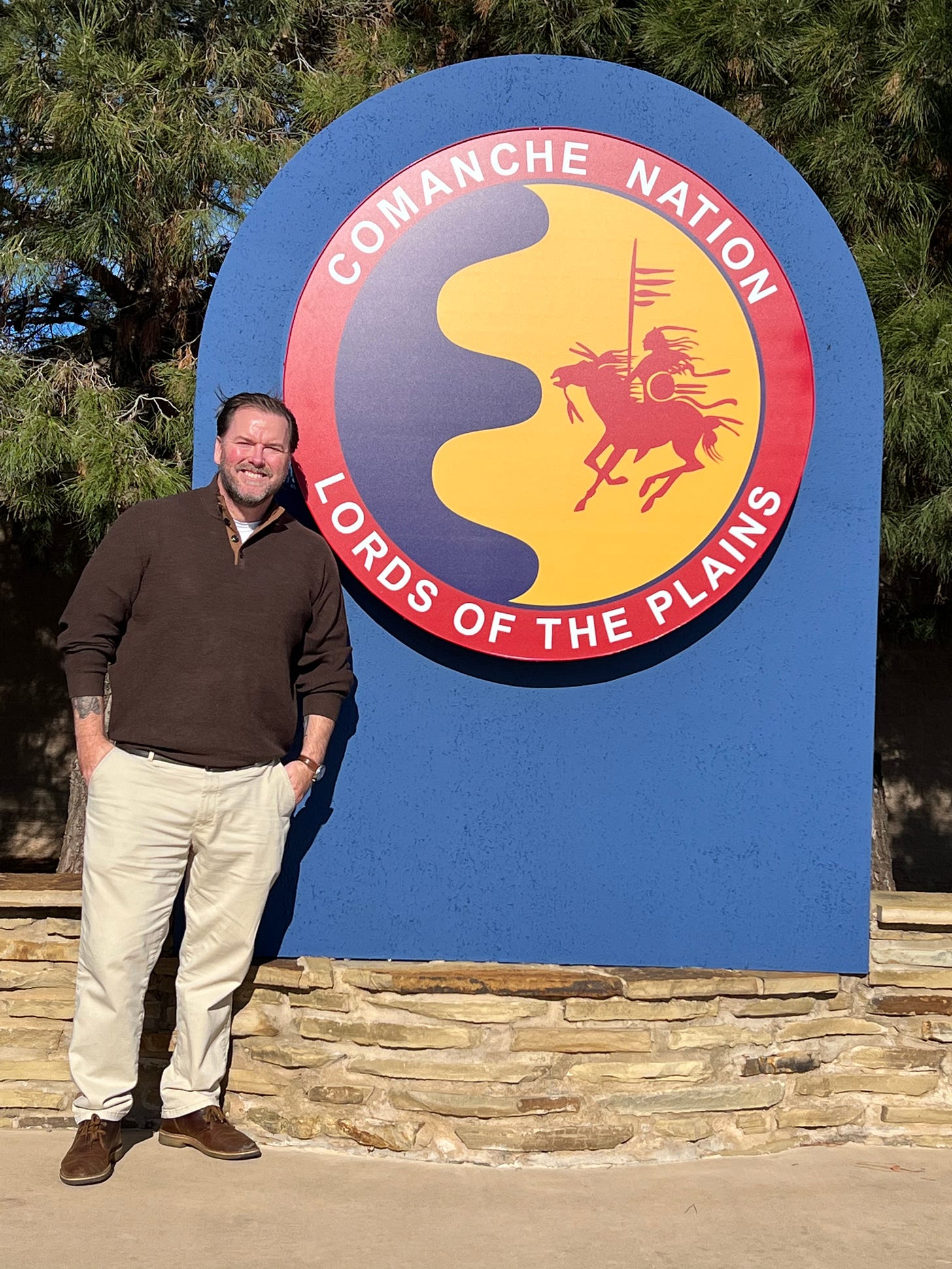
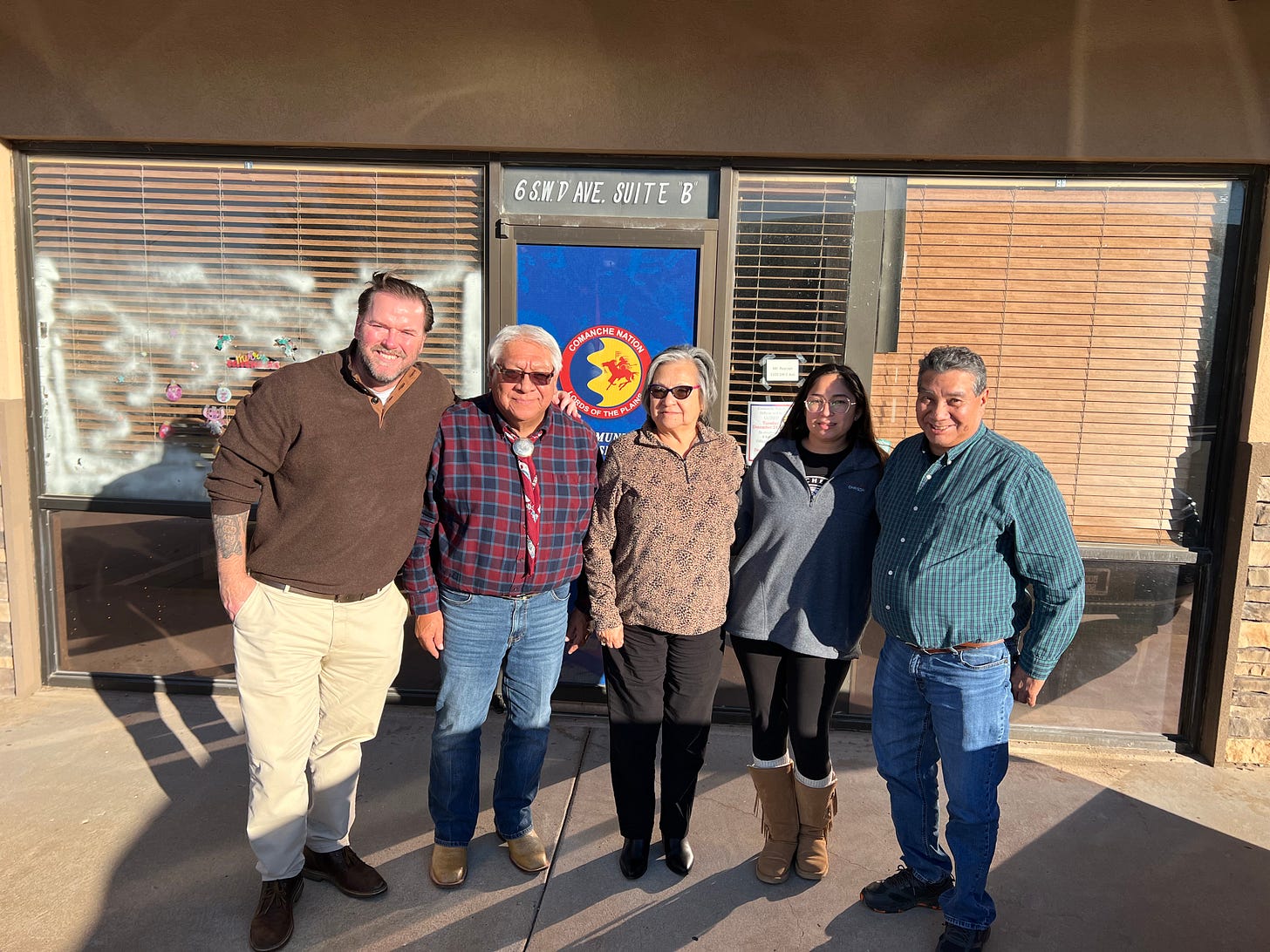
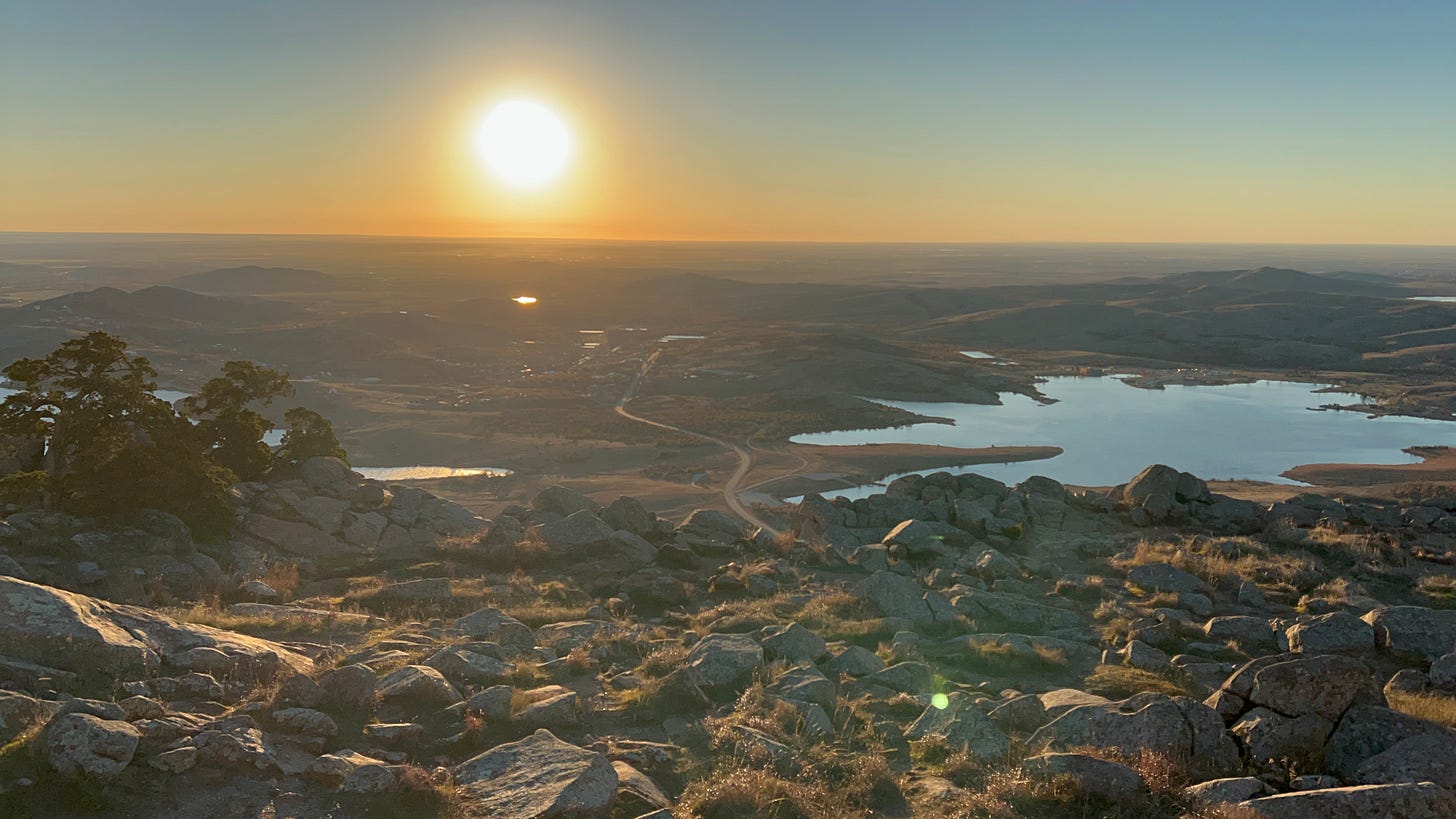
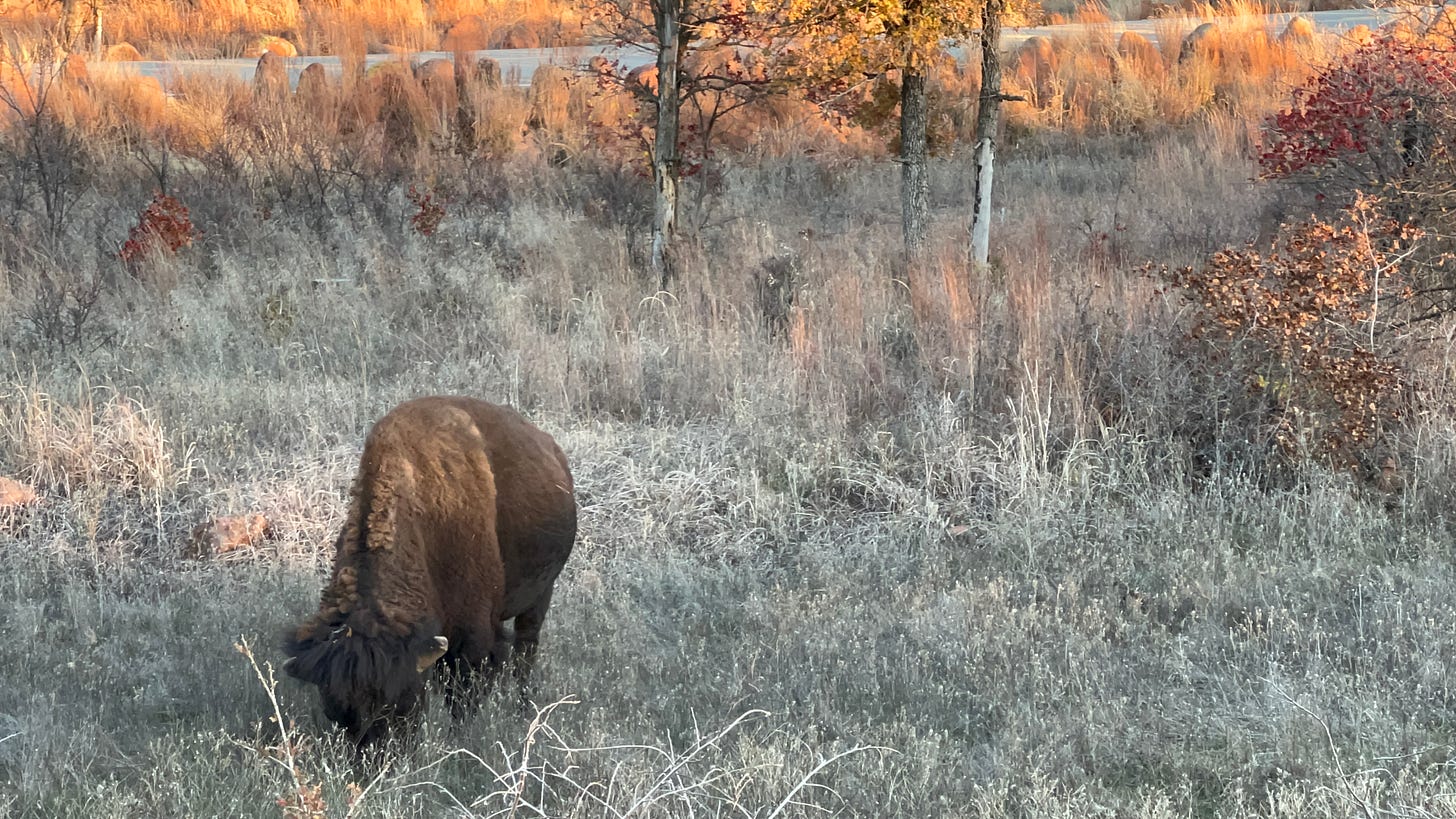
It is always fascinating to me how relatively recently the Commanche, Cheyenne, Lakota, and other “horse” tribes adapted to that way of life, beginning only after Europeans had begun settling along the Atlantic seaboard. And yet it appeared they had lived in this way forever to the settlers heading westward.
It is always neglected to be mentioned that the Comanche have a beautiful musical tradition